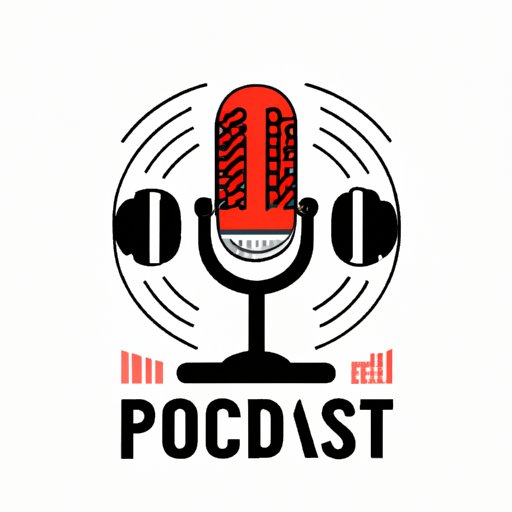
The Ultimate Guide to Starting a Free Podcast
Have you ever considered starting your own podcast? Whether you’re looking to share your passions, expertise, or humor with the world, podcasting is a great way to create content and connect with new audiences. Best of all, starting a podcast is easier and more affordable than you might think. In this article, we’ll walk you through everything you need to know to start a podcast for free.
Deciding on a Topic and Format
Choosing a topic and format for your podcast is an essential first step. Your topic should match your interests and expertise, as well as the interests of your audience. Consider choosing a niche or subtopic that you’re passionate about, so your content is authentic and engaging.
It’s also important to choose a format that works for you and your goals. Will your podcast feature interviews with experts or guests, or will it be a solo show? Will you cover specific topics or news stories? Whatever format you choose, make sure it’s something you enjoy and can sustain in the long run.
Recording Equipment and Software
Recording your podcast doesn’t require a lot of expensive equipment. In fact, you can get started with only a few basic tools. First, you’ll need a microphone. Check out affordable options like the Samson Go Mic Portable USB Condenser Microphone or the Blue Snowball iCE USB Mic.
Next, you’ll need recording software. Many popular programs can be downloaded for free, such as Audacity, GarageBand, or Anchor. You can edit your podcast episodes within these programs and later upload them to a hosting platform.
Finally, you’ll need to set up your recording space. Ideally, you’ll record in a quiet room free from distractions, with soft furnishings and carpets to absorb echoes and reduce background noise. Close windows and doors to reduce outside noises, and turn off any fans or air conditioners that cause background hum.
Selecting a Podcast Hosting Platform
Once your podcast is recorded, you’ll need to upload it to a hosting platform. This is where your audio files will live, and from which they will be distributed to various podcast directories like Spotify, Apple Podcasts, and Google Podcasts. There are several free hosting platforms you could use, including Buzzsprout, Podbean, and Anchor.
When selecting a hosting platform, consider the platform’s storage and bandwidth limits, features like analytics and monetizationoptions, and ease of use. Also, ensure that the platform provides a reliable service with minimal downtime, so your podcast is always available to your audience.
Creating Artwork and Branding
Creating appealing artwork and branding for your podcast is essential to attracting new listeners. Your artwork is the first thing a listener will see, so it’s vital to make it pop. Websites like Canva and Adobe Spark offer free design tools to create your own podcast cover art and promotional graphics.
Your podcast branding should also extend beyond your cover art. Consider creating a website or social media pages for your podcast, where you can engage with your audience and share updates. Your visual identity should be consistent and easily recognizable across all platforms.
Promoting Your Podcast
Now that you’ve created your podcast, it’s time to get it out there and build your audience. Social media is a valuable tool for promoting your podcast and engaging with your listeners. With platforms like Twitter, Instagram, and Facebook, you can grow your audience by sharing new episodes, behind-the-scenes photos, and updates.
You can also reach out to other podcasts in your niche for a cross-promotion. Partnering with other podcasts in your niche can help you expand your audience and gain credibility. Finally, SEO optimization of your podcast website can boost discoverability of your podcast to potential listeners who are searching for topics on search engines.
Conclusion
Starting a podcast for free is a lot easier than it might seem at first. By choosing a topic, recording equipment and software, podcast hosting platform, artwork, branding, and promoting your podcast wisely, you can build a loyal audience with minimal cost or effort. The most important thing is to have fun, be yourself, and enjoy the creative process.





